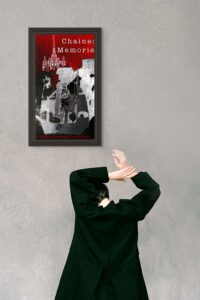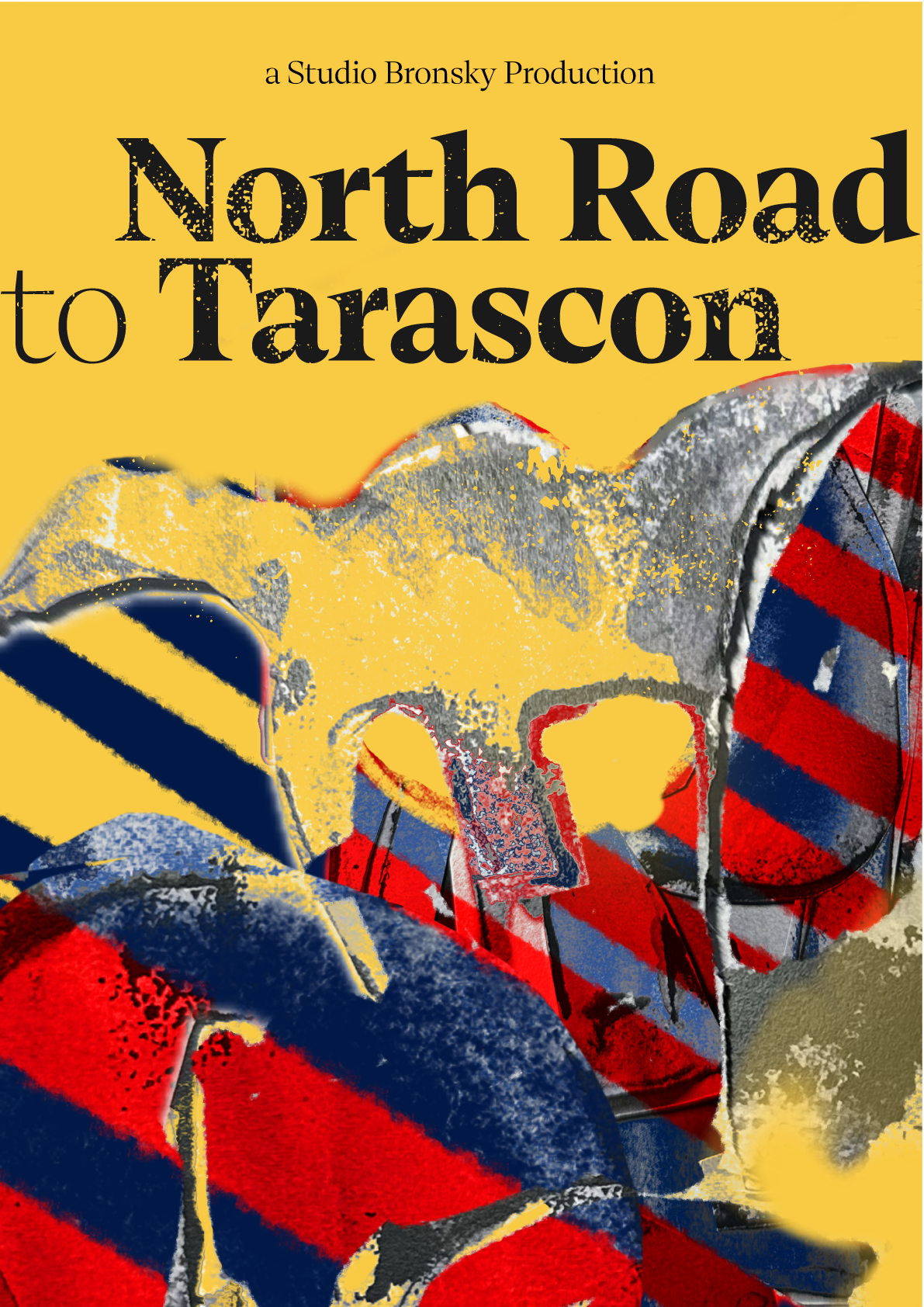#ShareASale
Dive into the world of movie posters, from their evolution in film history to their rise as collectable, limited-edition art. Perfect for movie lovers and collectors.
Movie Posters: A Cinematic Masterpiece on Your Wall
Movie posters have been a part of our film culture for over a century. They serve as a guide into the cinema for the movie we are about to watch, offering a glimpse of the emotions, drama, and artistic storytelling that unfolds on screen.
But beyond their function as promotional tools, movie posters have evolved into coveted works of art, celebrated for their design and cultural significance. Today, limited-edition movie posters represent a blend of nostalgia, art, and exclusivity, making them highly sought-after by collectors and film enthusiasts alike.
These posters go far beyond mere memorabilia. They are pieces of cinematic history that can transform a space into a storytelling gallery. Whether displayed in a home, office, or studio, they evoke the magic of the movies and allow fans to connect with the art form personally. This blog will explore the evolution of movie posters, their artistic significance, and the value of owning limited-edition pieces that capture the spirit of some of the greatest films ever made.
 The Fascinating History of Movie Posters
The Fascinating History of Movie Posters
Movie posters date back to the dawn of cinema, evolving alongside the industry and reflecting the cultural, technological, and artistic changes of the times. Understanding the history of movie posters provides insight into their unique value as art objects.
The Birth of the Movie Poster: From Promotion to Art
The first recognised movie poster was created in 1895 for the French short film L’Arroseur Arrosé (The Waterer Watered). This hand-drawn lithograph depicted a simple scene from the film, marking a new way of promoting movies to audiences. Early posters, primarily text-based and modest in design, functioned more like newspaper advertisements than today’s visually rich posters.
The 1920s brought about a transformation as silent films rose in popularity. With the advent of stars like Charlie Chaplin and Douglas Fairbanks, movie studios realised the power of imagery in driving attendance. Colourful lithographs featuring bold illustrations of the actors, dynamic scenes, and elaborate titles became common. These posters, often created by highly skilled artists, began to be recognised as their art form, blurring the lines between advertising and artistic expression.
The Golden Age of Movie Posters: 1930s-1950s
The 1930s to the 1950s is often called the “Golden Age” of movie posters. Hollywood was in its prime, and the art of the movie poster was reaching new heights. Studios hired illustrators and graphic designers to create iconic posters that could distil the essence of a film into a single image.
Art Deco design elements, such as sharp lines, dramatic lighting, and bold typography, became prominent during this era. Movie posters were not just about showing a star’s face; they became an intricate part of the film’s narrative, designed to evoke emotion and intrigue. Artists like Reynold Brown and Saul Bass brought innovation to the craft, influencing poster design for decades.
The rise of character-driven posters also began during this time. Posters now prominently featured the leading actors in highly stylised portraits, ensuring that audiences could instantly recognise the stars of the film. These posters were not only marketing tools but also cultural snapshots, capturing the glamour of Hollywood’s golden era.
The Psychedelic Era and Experimental Designs: 1960s-1980s
The 1960s and 1970s were a time of experimentation in film and art, and movie posters were no exception. This period saw a departure from the realism and formality of previous decades, with artists embracing abstract, surreal, and psychedelic designs. Influenced by counterculture movements and societal shifts, movie posters of this era often reflected the radical spirit of the times.
Designs became more conceptual, with some posters offering little more than an abstract visual cue to the film’s themes or tone. Films like 2001: A Space Odyssey and Apocalypse Now had posters that were as artistic and thought-provoking as the films. Typography also evolved, with unconventional fonts and bold colour schemes creating visual impact.
At the same time, the blockbuster films of the late 1970s and early 1980s—Star Wars, Jaws, and Indiana Jones—ushered in an era of more polished, high-budget movie posters. These films demanded posters that could capture the epic scale of their stories, often combining photorealistic illustrations with dramatic scenes to draw in audiences.
 The Digital Revolution: 1990s to Present
The Digital Revolution: 1990s to Present
With the rise of digital design in the 1990s, movie posters entered a new era of sophistication and accessibility. Technology advancements allowed for more detailed and intricate designs, as artists could now easily blend photography, 3D rendering, and digital illustration. While collectors still cherished hand-drawn posters, digital posters offered precision and polish that were previously unattainable.
Despite this, the soul of movie posters remained intact. Films continued to rely on posters to convey mood, genre, and story, with designs becoming more varied and inventive. The ability to distribute posters online further broadened their reach, with fans worldwide able to access and share these images instantly.
Yet, even in the digital age, the value of tangible, first prints of movie posters or limited-edition posters endures. Collectors still seek out rare prints, signed editions, and original artwork—all of which retain the unique artistry and emotional connection that digital images can’t replicate.
Why Movie Posters Are More Than Just Promotional Material
For some, movie posters seem like nothing more than advertisements. However, for collectors, enthusiasts, and art lovers, they hold a more profound significance. They are windows into a specific moment, capturing the cultural, social, and artistic influences that shaped a film and its audience.
Visual Storytelling at Its Finest
The best movie posters tell a story—not just about the film they represent but about the broader cultural context in which it was released. A great poster can instantly communicate a movie’s tone, genre, and themes, using visual cues to spark curiosity and draw people into the world of the film.
For example, the iconic Gone with the Wind poster perfectly encapsulates the film’s epic romance and turmoil, sweepingly depicting a dramatic embrace against a burning backdrop. Similarly, The Silence of the Lambs poster, featuring the haunting image of a woman’s face with a moth over her lips, captures the film’s tension, mystery, and psychological depth.
These posters aren’t just advertisements; they are pieces of visual storytelling that enhance the cinematic experience.
Aesthetic Appeal and Artistic Value
Many movie posters are designed by professional artists who approach the task with the same care and attention they would bring to a fine art project. Whether through intricate illustrations, dynamic compositions, or the clever use of typography, movie posters often have an artistic appeal that transcends their original purpose.
Posters from films such as Metropolis, Vertigo, and Blade Runner have been lauded for their artistic value. Some of these pieces are displayed in art museums and galleries worldwide. They showcase the creativity of the artists behind them and offer a blend of graphic design, illustration, and fine art.
 Cultural and Historical Significance
Cultural and Historical Significance
Beyond their aesthetic qualities, movie posters are cultural artefacts that provide insight into the social, political, and technological landscape of the time they were created. A poster for a silent film from the 1920s offers a window into the early days of Hollywood. In comparison, a psychedelic poster from the 1960s reflects the counterculture and experimental spirit of the time.
Collecting movie posters allows enthusiasts to own a piece of history. Whether it’s a hand-painted poster from the 1930s or a minimalist design from the 2000s, each poster tells a story about the film and the world in which it was made.
The Value of Limited-Edition Movie Posters for Collectors
For collectors, the allure of first prints or limited-edition movie posters lies in their exclusivity and rarity. These posters are often produced in small runs, with each print numbered and sometimes signed by the artist or creator. This makes them much more than souvenirs—they are valuable pieces of art that appreciate over time.
Why Limited Editions Are So Coveted
Limited-edition posters are highly prized because of their scarcity. Once a print run is complete, no more copies are made, ensuring that only a select few people in the world own that particular piece. This exclusivity drives up the posters’ financial and emotional value, making them highly desirable for serious collectors.
These posters are also meticulously crafted, often using high-quality printing techniques and materials. Whether screen printing or lithography, limited-edition posters are produced with an eye for detail and craftsmanship that sets them apart from mass-produced prints.
An Investment in Art and Cinema
The value of limited-edition movie posters often increases, mainly when associated with iconic films or celebrated artists. Posters for cult classics, critically acclaimed films, or movies with a dedicated fanbase tend to become more valuable as demand grows and supply remains limited.
For collectors, investing in a limited-edition movie poster is not just about owning a piece of art; it’s about owning a piece of cinema history. These posters capture the essence of a film and preserve it in a tangible form that can be passed down through generations.
The Artistic and Investment Appeal of Boronski’s Limited-Edition Posters
If you’re passionate about movie posters, there’s no better way to start or expand your collection than with a limited-edition print from Boronski’s stop-motion films. These posters, using frames, cuttings, paintings, and other artwork used for the production of Boronski’s stop-motion movies, are a fusion of cinematic magic and visual storytelling.
Explore Boronski’s exclusive, limited-edition movie posters and own a rare piece of cinematic history. Each print is crafted carefully, offering an artistic masterpiece and a valuable collector’s item that will stand the test of time. Each piece is meticulously crafted on 270-gram fine art paper, ensuring premium quality and durability. Verified on the blockchain by Verisart, these prints come with a certificate of authenticity, adding a layer of security and provenance to your investment.
Visit our online Gallery and select one today and bring a unique piece of art into your home!


